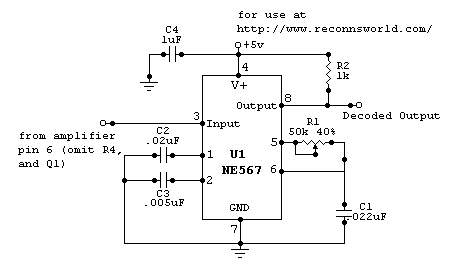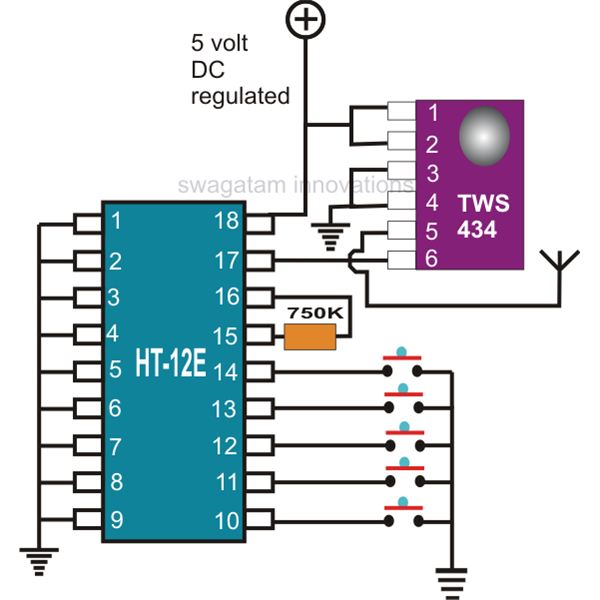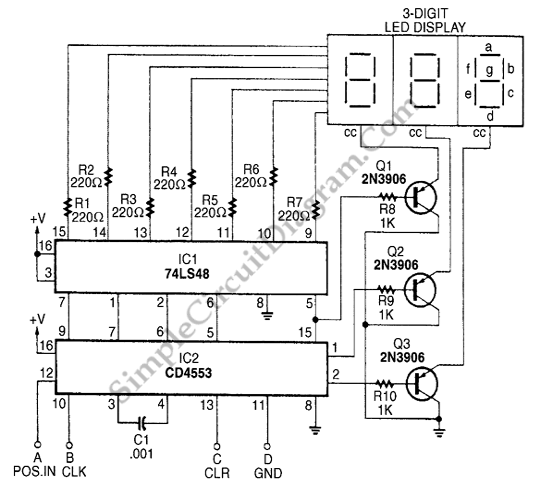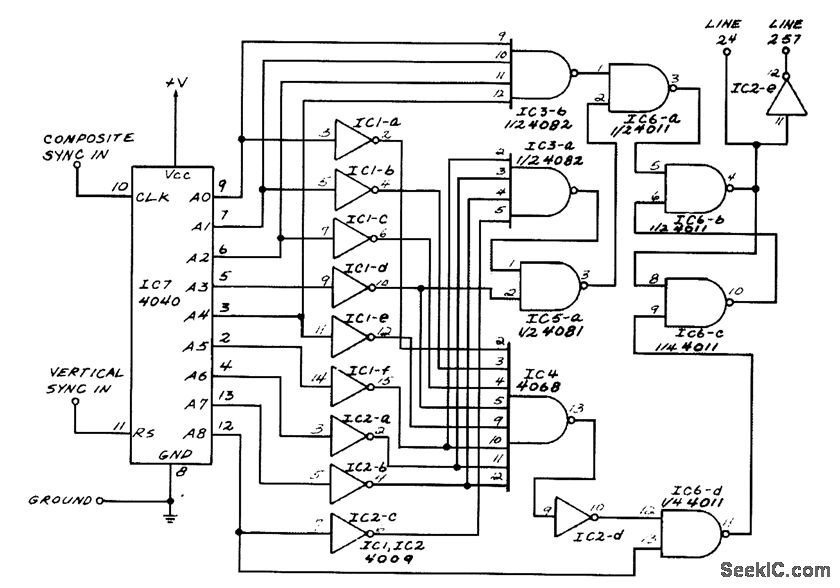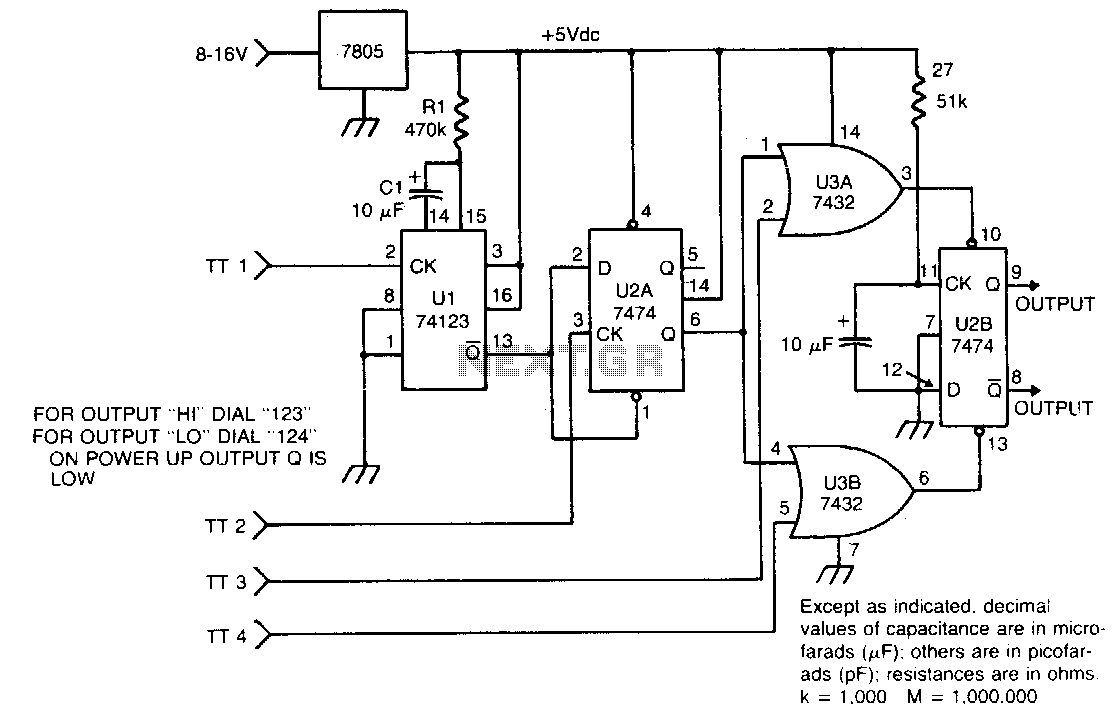
Frequency/Tone Decoder with TC9400 FVC
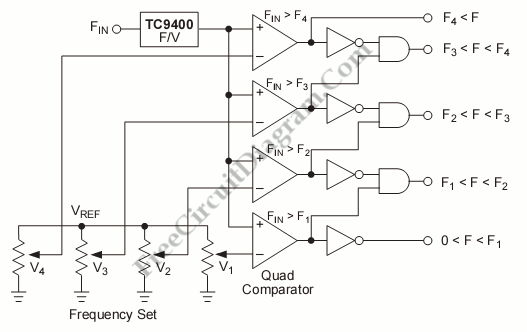
Another application of the frequency-to-voltage converter (FVC) is as a tone or frequency decoder. This circuit is utilized to identify the frequency band of an oscillation.
The frequency-to-voltage converter (FVC) serves as an essential component in various electronic applications, particularly in tone or frequency decoding circuits. This type of circuit is designed to accurately detect and convert frequency signals into corresponding voltage levels, facilitating the identification of specific frequency bands of oscillation.
In a typical FVC circuit, an incoming oscillating signal is fed into the converter, where it undergoes processing to determine its frequency. The core component of the FVC is often an operational amplifier configured in a specific manner to achieve the desired frequency-to-voltage conversion. The circuit may also include resistors and capacitors that define the time constants and gain of the system, ensuring that the output voltage is proportional to the input frequency.
For tone decoding applications, the output voltage can then be used to trigger further actions, such as activating a relay, lighting an indicator, or interfacing with a microcontroller for digital processing. This makes the FVC circuit incredibly useful in communication systems, audio processing, and various automated control applications where precise frequency detection is crucial.
Moreover, the design of the frequency-to-voltage converter can be tailored to accommodate different frequency ranges and sensitivities, allowing for versatility in various electronic systems. By adjusting component values, engineers can optimize the circuit for specific applications, ensuring reliable performance across a range of conditions. Overall, the FVC plays a pivotal role in enhancing the functionality of electronic devices that rely on frequency analysis for operation.Another application of FVC (frequency-to-voltage converter) is tone/frequency decoder. This circuit is used to determine the frequency band of an oscillation. 🔗 External reference
The frequency-to-voltage converter (FVC) serves as an essential component in various electronic applications, particularly in tone or frequency decoding circuits. This type of circuit is designed to accurately detect and convert frequency signals into corresponding voltage levels, facilitating the identification of specific frequency bands of oscillation.
In a typical FVC circuit, an incoming oscillating signal is fed into the converter, where it undergoes processing to determine its frequency. The core component of the FVC is often an operational amplifier configured in a specific manner to achieve the desired frequency-to-voltage conversion. The circuit may also include resistors and capacitors that define the time constants and gain of the system, ensuring that the output voltage is proportional to the input frequency.
For tone decoding applications, the output voltage can then be used to trigger further actions, such as activating a relay, lighting an indicator, or interfacing with a microcontroller for digital processing. This makes the FVC circuit incredibly useful in communication systems, audio processing, and various automated control applications where precise frequency detection is crucial.
Moreover, the design of the frequency-to-voltage converter can be tailored to accommodate different frequency ranges and sensitivities, allowing for versatility in various electronic systems. By adjusting component values, engineers can optimize the circuit for specific applications, ensuring reliable performance across a range of conditions. Overall, the FVC plays a pivotal role in enhancing the functionality of electronic devices that rely on frequency analysis for operation.Another application of FVC (frequency-to-voltage converter) is tone/frequency decoder. This circuit is used to determine the frequency band of an oscillation. 🔗 External reference
